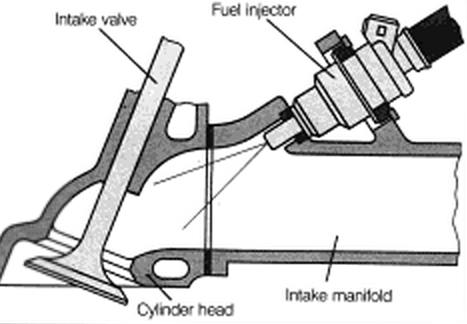
Petrol injection is essential to the combustion of an engine. The definition of petrol injection in motor vehicles is, the delivery of petrol in to the combustion chamber or cylinders prior to combustion. As time passes, fuel injection is getting more advanced and cutting edge to deliver not just more power but efficiency as well.
The first and oldest method of fuel injection is via carburettors. A carburettor is a device that mixes and combines petrol and air for the engine. The mixture is then exposed in to the cylinder compressed and ignited. Resultant exhaust gasses exit the cylinder via the exhaust valve.
Next in line is sequential port fuel injection. As compared to carburettors, port fuel injection does not pre-mix the air-fuel mixture before being exposed in to the cylinder. Petrol enters the cylinder through a valve and the air as well enters the cylinder via a separate valve. The mixture is then compressed by the piston and ignited. The benefit of this system in today's current engines is improved efficiency, as the injection of the fuel and air mixture is controlled via an ECU (Engine Control Unit) also known as PCM (Powertrain Control Module), the system can adjust the optimum mix or balance of fuel and air depending on the engines RPM's in the mixture to provide a more efficient combustion cycle for more efficiency and better power delivery.
The most advanced fuel delivery system to date is called, direct injection. In direct injection, air enters the cylinder via a valve, the petrol however unlike port fuel injection is delivered via a nozzle in the cylinder injecting petrol directly in to the cylinder hence the name, direct injection. The mixture is then compressed and ignited, the resultant exhaust gas is exited via the exhaust valve. The benefit of this advancement in fuel delivery is that the ECU works with the Engine Management System or EMS and is able to regulate fuel injection timing and spark timing to deliver improved efficiency and efficient power delivery. The EMS can adjust the timing of the fuel delivery in to the cylinder and adjust spark timing to adapt to the engine's requirements at any given RPM to deliver power efficiently.


Thank you for the wonderful sharing.
ReplyDeleteKeep up the good work bro =)